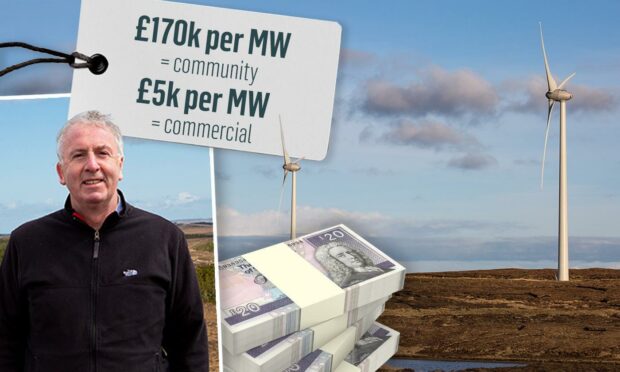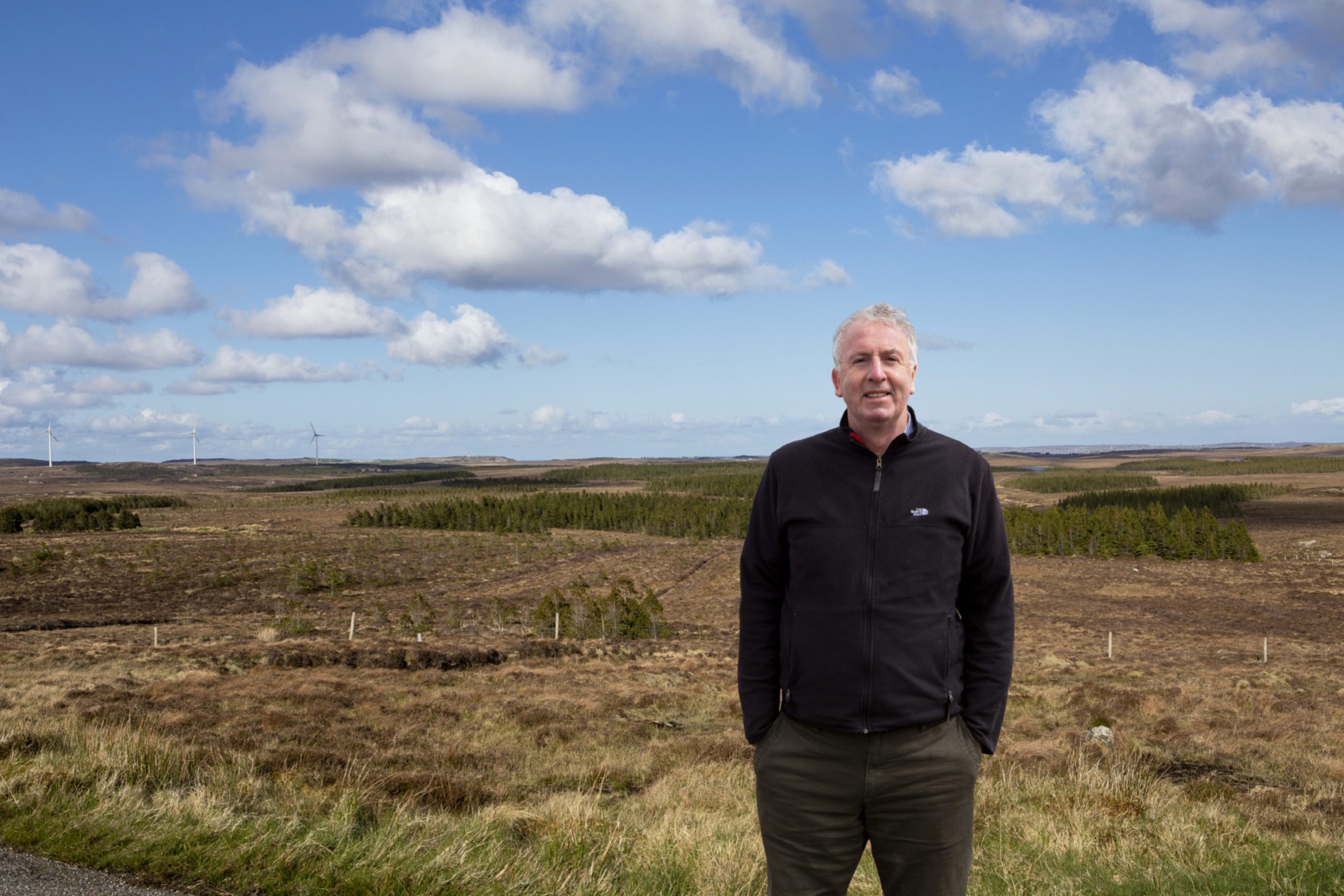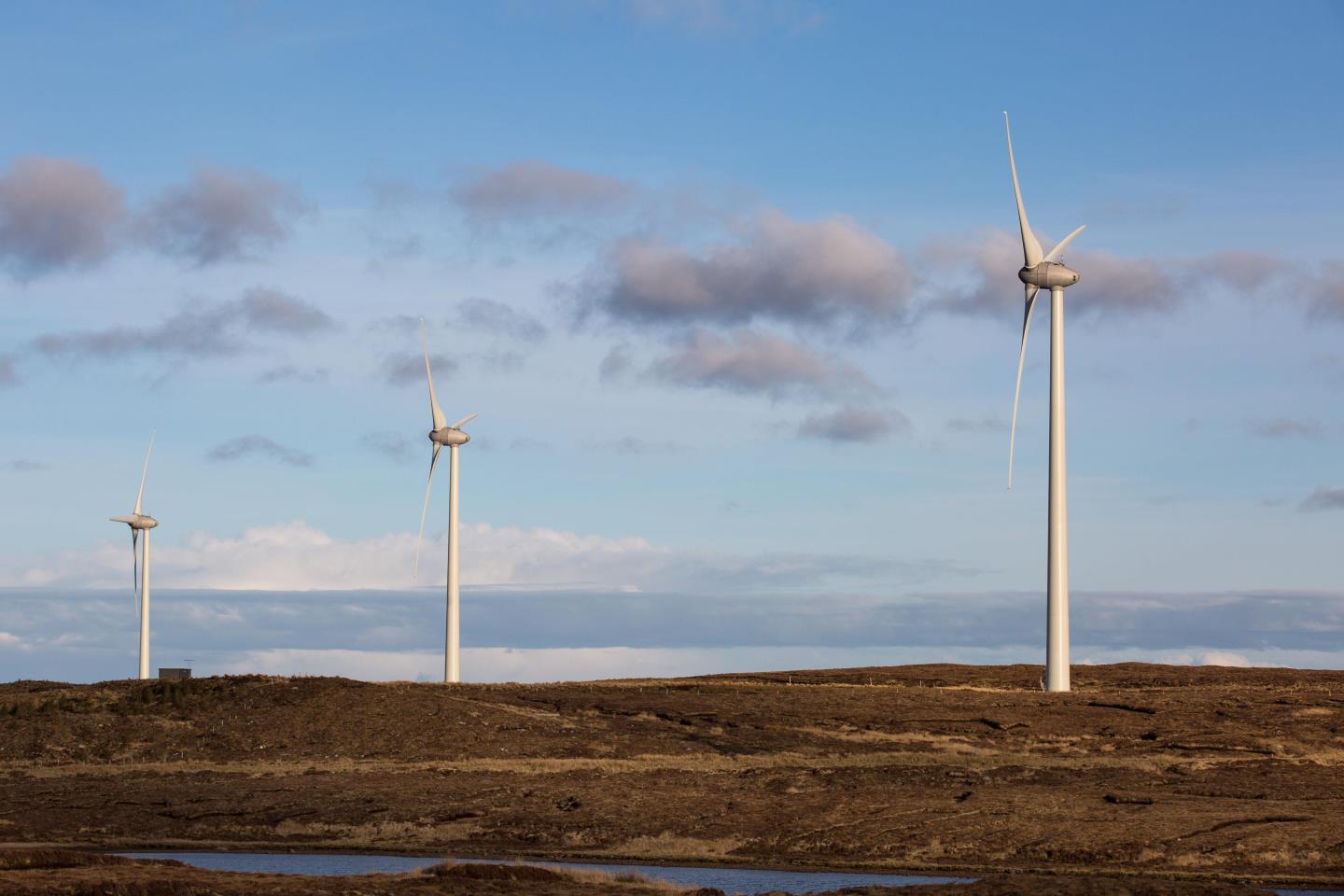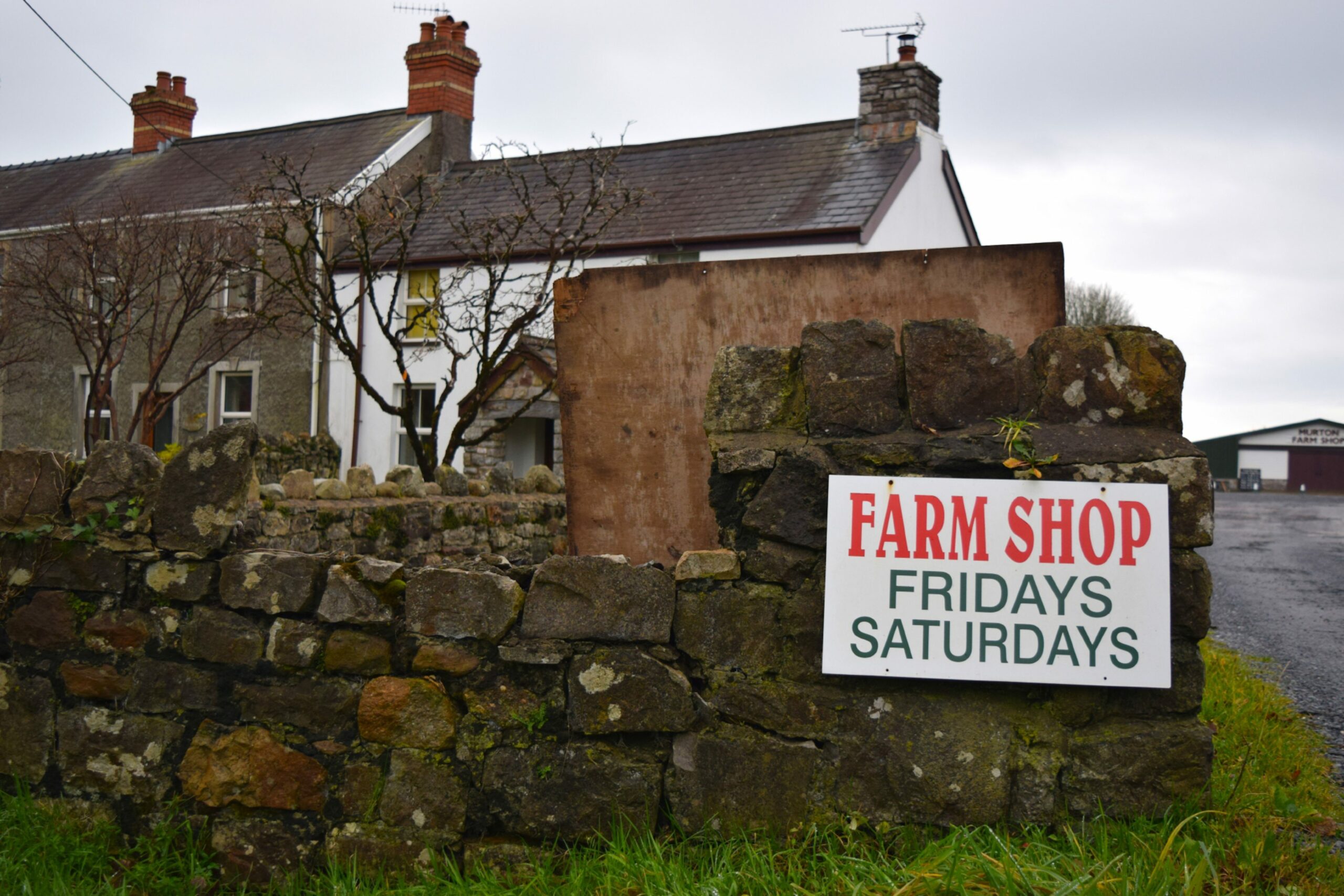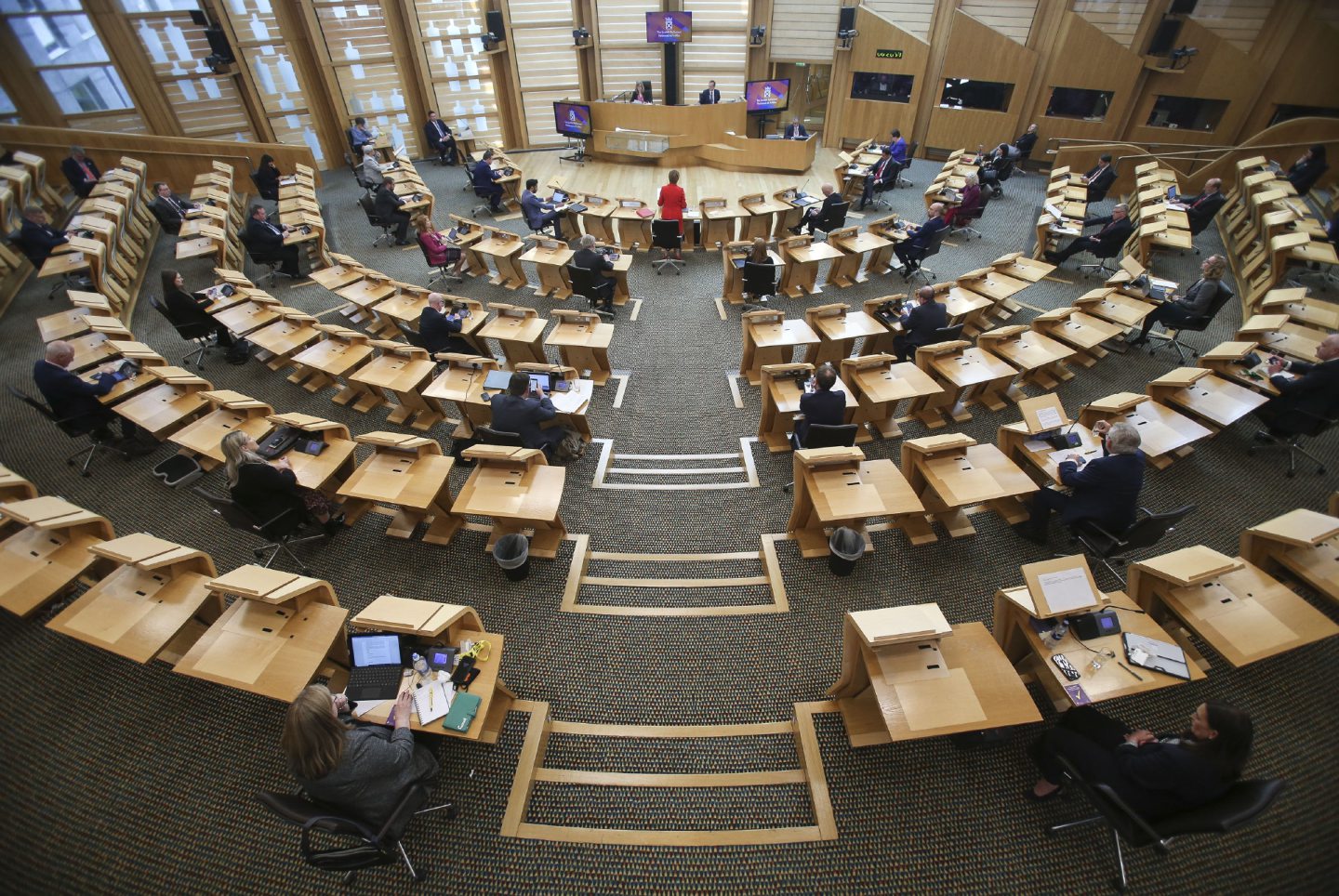Change in policy and more support are required to allow communities to own renewable energy sources, a Lewis charity has said.
Point and Sandwick Trust has found community ownership of windfarms generates 34 times more benefit to the local community than commercially operated schemes.
The trust, who own the UK’s largest community-owned wind farm, commissioned the study which compared nine community-owned and four private wind farms across Scotland.
34 times more benefit from community-owned schemes
The report concluded that returns from community-owned wind farms average £170,000 per installed MW per annum – 34 times more than the industry standard benefit payment of £5,000 per installed MW currently offered by most commercial operators.
A community-owned turbine on Westray is focused on in the report.
The 0.9MW turbine is currently producing just shy of £300,000 per year for the local community – and a yield of £6.8m is expected over the course of its 25-year lifespan.
Donations have allowed for part of the salary of a greenkeeper at the golf course to be funded.
IT equipment, such as iPads and laptops, have also been granted to Westray Junior High School.
Westray Development Trust also provides a fuel grant from funds generated in their bid to eradicate fuel poverty.
Why aren’t there more community wind farms throughout Scotland?
Now, P&ST director Calum Macdonald has called for extra support and funding in the form of grants.
Mr Macdonald has called on Scotland to follow the example of Denmark, where communities operate over 40% of renewable schemes.
He said: “We always thought, and knew really, that community windfarms produce much more economic benefit than corporate wind farms, but nobody had ever kind of measured it.
“The question we ask is that if that is the case, why aren’t there more community wind farms throughout Scotland and the UK?
“It is literally a million dollar question.
“There is no doubt that if there were more community wind farms, there would be vastly more economic benefit to local areas from the development of these windfarms over the past 20 years.”
‘I think we should be the Denmark of renewables’
Mr Macdonald has urged Scotland to look towards our Nordic neighbours in owning renewable projects.
P&ST claim that at present only around 1% of onshore turbines in Scotland are community owned.
“We know that it can be done at large scale,” he added.
“It can be done if you have got the right policy support and impetus behind it.
“In Scotland and the UK, that has not happened.
“People talk about Scotland being the Saudi Arabia of renewables – I think we should be the Denmark of renewables.
“That should be our model, trying to get more community ownership and more local benefits.”
Mr Macdonald said the creation of a windfarm is similar to that of a hydro dam in that they create jobs in the construction phase, but are relatively low maintenance to keep in operation.
He is now calling on policy makers to deliver a clear pathway towards community ownership.
“Any change has to come from the top,” he added.
“We need a clear signal that there is an ambition to radically increase the scale of community wind farms.
“Why not have an ambition to set the target to Denmark’s 40% community owned over time?
“It is absolutely achievable in Scotland.”
Affected communities should be the ones to benefit
Mr Macdonald accepts that large turbines can impact the local landscape.
That is why he feels those who live locally should be the ones basking in the benefits of their presence.
He likened the business model to that of running a village shop.
He added: “It requires a lot of cash to get a windfarm built. But actually maintaining and operating it is many ways easier than running a village shop.
“If Scotland matched the Nordic 40% there would be literally hundreds of millions of pounds extra being invested back into the Scottish economy.
“We are missing out on that.
“Quite often windfarms are located in some of the most economically marginalised or physically remote areas.
“Hundreds of millions of pounds in these communities could really make a huge difference to local regeneration.”
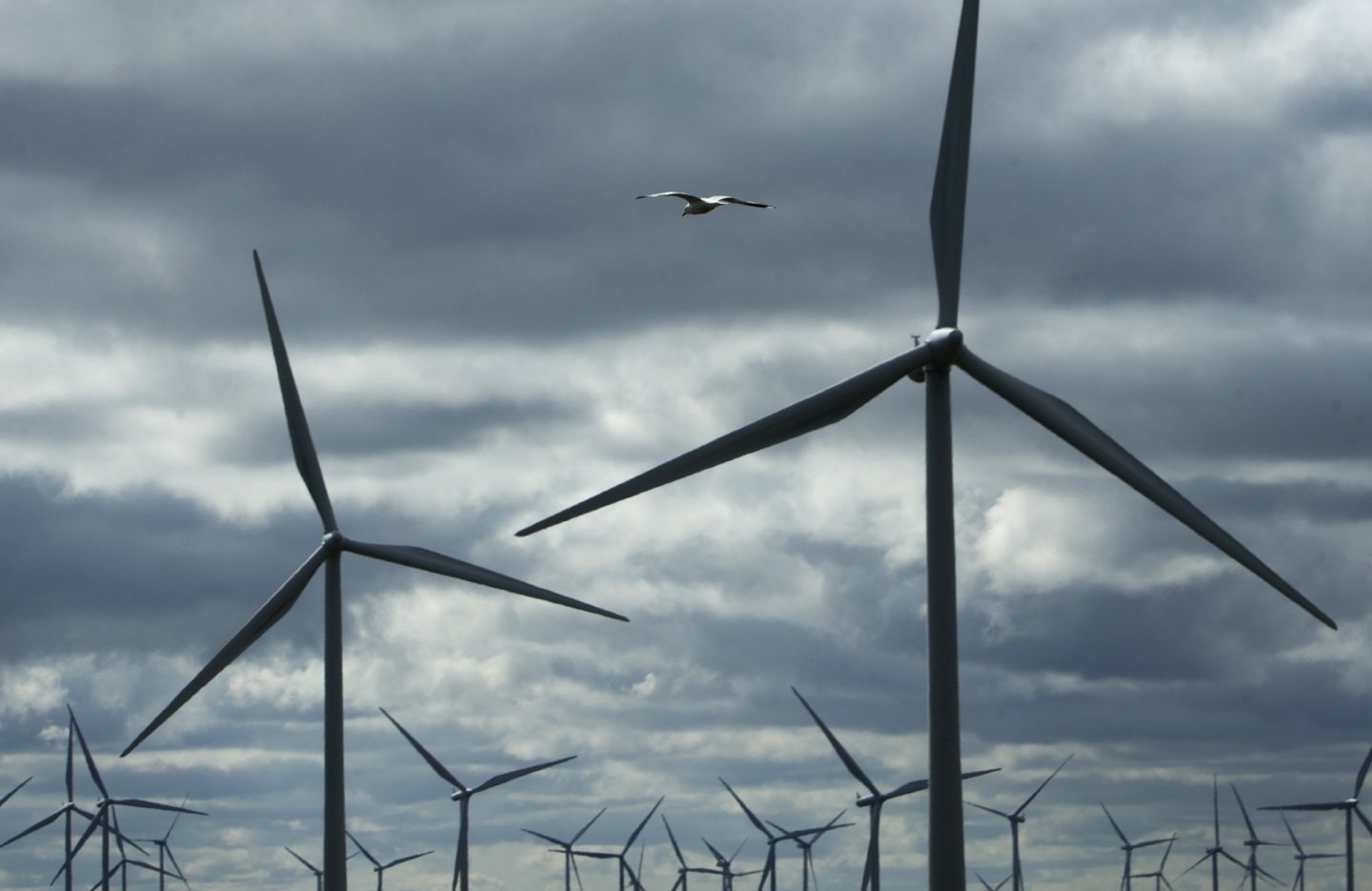
Bold action required
The Scottish Government has said “bold action” is required to tackle the climate emergency.
The Scottish Government says it plans to more than double the current community and locally owned capacity to 2GW by 2030.
Since 2010, more than 600 community and locally-owned renewable projects have been granted support from a £54 million fund.
A spokesman said: “Onshore wind is one of the most cost-effective forms of large-scale electricity generation and is vital to Scotland’s future energy mix as we transition to a net-zero economy.”
The Scottish Government is encouraging interested parties to take part in its consultation towards the formation of the strategy.
